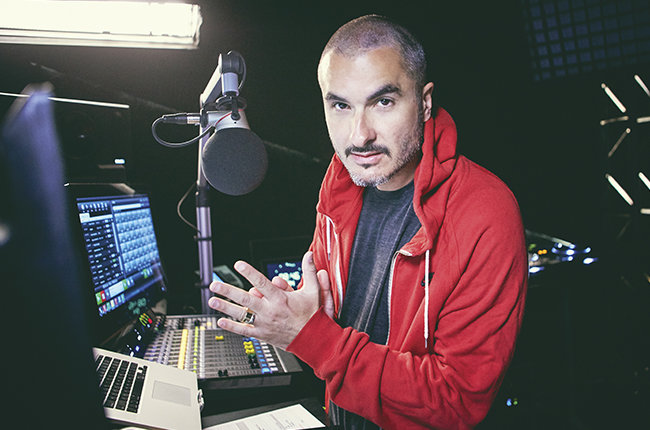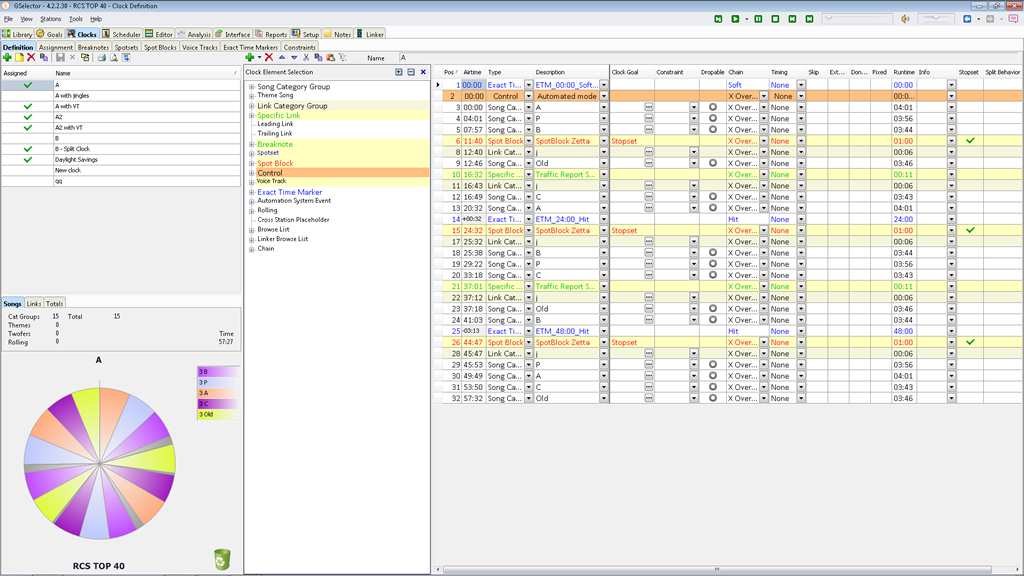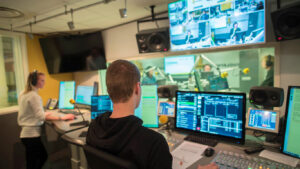Data-analysis in radio enables faster learning
In several articles that I’ve previously published here or in Medium I’ve expressed my view on how data can impact radio programming, introducing a new way of evaluating content and strategy. Summarising: data-analysis in radio enables continuous learning from actual listeners’ behaviours. Thousands of them reacting to on-air (or mainly on-line), minute by minute, every day and during natural listening.
I’ve decided to write a short post insisting in the idea after reading an interview to Zane Lowe about the first weeks of Beats 1, Apple‘s new radio station. I’ve mentioned Beats 1 a lot lately. I find it a great reference case of how data could easily change the game. In Beats 1, we find a global, exclusively online station, with hundreds of thousands of users/listeners accessing through one single app. In this interview, Zane gives a very simple, but clarifying, example about how much learning – therefore improvement – can be accelerated:
“We also noticed in the first week people listened for really long amounts of time, which meant songs got tired quickly, so we revised our rotations.”

I don’t think additional explanations are required after Zane Lowe‘s words. He’s describing a weekly iteration applied to radio programming. Zane‘s comment triggered me to write about what we are currently working on at Voizzup, the startup I co-founded.
Using data-analysis to continuously check the health of your format clocks:
The format of a radio station is defined by its clocks: every hour of the week (in most of the cases) has a predefined structure that determines the weight and proportion of elements (station ID’s, presenter’s links, promos, commercial breaks, news & weather, etc) or music categories in the case of music stations.
It’s a common practice among radio programmers using a number of different format clocks in order to vary the sequence of elements, so the listeners don’t find the structure of the hour predictable.
If you would like to learn more about format clocks I recommend you to read some of the articles on this subject in one of my favorite blogs about radio, RadioILoveIt.

Most radio programmers use software to design, assign and rotate their format clocks. Those applications facilitate having a history track of which clocks have been used over time. By just measuring the average time spent listening, the average number of tune-outs beside other engagement indicators from online listening and crossing them with the clock history, stations can compare the performance of their format clocks.
Is your radio station exploring the possibility of a format change? Are you planning to spend a fortune in recruiting a sample of a couple thousand listeners in order to test your format options by playing them audio montages on phone? Yes, you can do that…
You can also create clocks with the alternative formats you are considering, add them to your clock assignment grid and run them together with your current format clocks for two or three weeks. Measure. Compare. And get conclusions based on on-air performance among actual users during natural listening. In just one word: experiment.
As I’ve mentioned several times, innovation is not only about technology, which is just an enabler. Innovation resides in the mindset, daring to experiment and learn from the outcome. That methodology is not an exclusive of tech giants such as Apple, but to any industry. It’s up to us, radio professionals, to start applying it in our daily jobs
And it can be done in any radio format. Voizzup is helping stations – music and talk – introduce both the technology based on data-analysis and the necessary experimental mindset in radio.
My name is Tommy Ferraz and I’ve been Programme Director in radio for almost two decades in a number of formats. Currently, I explore the power of data applied to radio programming as founder of Voizzup.




